7 Posts to Read on National Indigenous Veterans Day
First commemorated in 1994, National Indigenous Veterans Day, November 8th, is a day to remember and recognize Indigenous contributions to military...
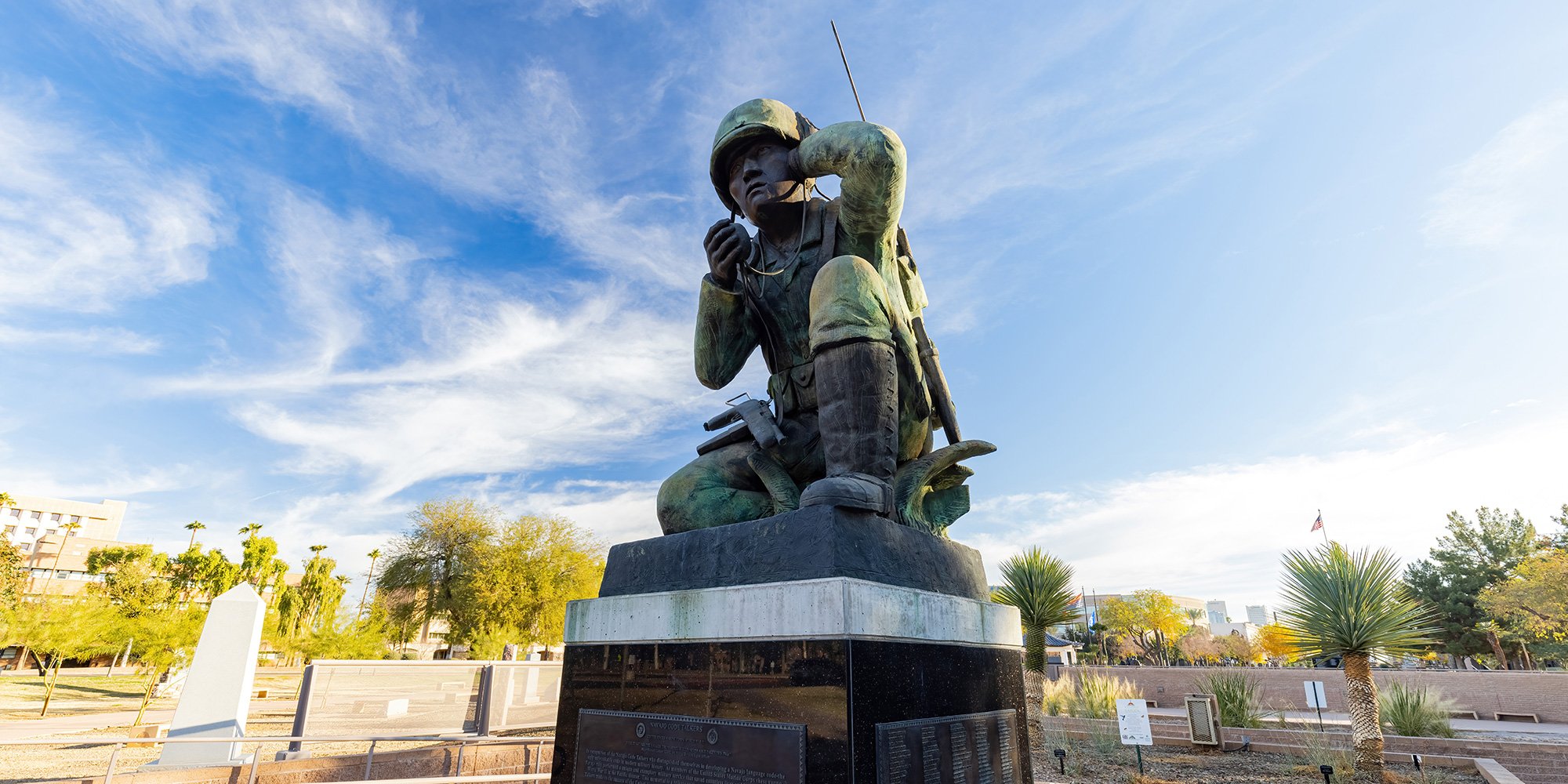
The ability to send encrypted, unintelligible messages is crucial for keeping the wraps on military campaigns. The Germans, in the 1920s, developed the Enigma machine which scrambled messages using a letter substitution system and variable rotors. Decoding the messages required knowledge of the exact settings of the wheels. The Germans believed the Enigma code was unbreakable and used it extensively for transmitting communications during WWII. The British, with input from Polish engineers, were eventually able to decipher the messages. And the Germans were able to break the British naval codes. The weak links in coded messages were the reliance on recognized language and numerical systems.
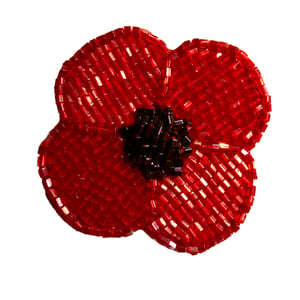 Enter the Indigenous “code talkers” whose messages were indecipherable. Why? Because Indigenous languages are historically oral so the Axis codebreakers had no written reference from which to work.
Enter the Indigenous “code talkers” whose messages were indecipherable. Why? Because Indigenous languages are historically oral so the Axis codebreakers had no written reference from which to work.
Typically associated with members of the Navajo Nation and WWII, the Americans initially used code talkers during WWI. The Choctaw Telephone Squad were the first code talkers, but it wasn’t until WWII that the US military actively recruited and trained Native Americans from many nations as communicators of indecipherable messages.
The Navajo language, with its complex syntax and phonology and numerous dialects, was particularly suitable for this purpose. It was virtually unintelligible to those without extensive immersion. Very few non-Navajo were familiar with the language at the outbreak of WWII, and the language was unwritten at that time. Additionally, many Navajos spoke both English and their home language.
The men were sequestered and under guard while they worked to develop and memorize complex codes.
The first type of code they created, Type 1 code, consisted of 26 Navajo terms that stood for individual English letters that could be used to spell out a word. For instance, the Navajo word for “ant,” wo-la-chee, was used to represent the letter “a” in English.
Type 2 code contained words that could be directly translated from English into Navajo, and the code talkers also developed a dictionary of 211 terms (later expanded to 411) for military words and names that didn’t originally exist in the Navajo language. For example, since there was no existing Navajo word for “submarine,” the code talkers agreed to use the term besh-lo, which translates to “iron fish." [1]
Several presidents have honoured Native American code talkers. Code Talkers Recognition Act of 2008 (Public Law 110-420) was signed into law by President George W. Bush on November 15, 2008. At this time, there are just four remaining Navajo code talkers alive.
Relatively unknown are the Canadian code talkers who also developed, memorized and transmitted messages in code based on their language, and whose contributions were just as vital as their American counterparts in World War II.
While enlisted men from different nations were selected as code talkers, it appears there were more Cree code talkers. This preference may be due to more Cree-speaking men enlisted, or it may be because the language was particularly suitable as there were different dialects, it was complex, and little known outside the communities in which it was spoken.
There are a few reasons why the Canadian code talkers are relatively unknown. The Canadian government has never recognized them, nor are their contributions included in textbooks.
Another reason may be the oath of secrecy the code speakers took. The majority of them carried that secret with them to their grave, not even telling their closest family members. The government lifted the commitment to secrecy in 1963, but that information either did not reach many of the veterans or their experiences in the war and treatment upon their return home were so painful they could not share.
Charles Checker Tompkins, a Métis of Cree and European ancestry, was 85 and near the end of his life when two documentarians from the Smithsonian National Museum of the American Indian knocked on his door and asked if he would be interested in telling his story. His family was stunned as he had honoured his oath of secrecy and had never spoken of this aspect of his experiences during the war.
You can learn more about Cpl (Retd) Tomkins in this documentary: Cree Code Talker.
All of the Indigenous code talkers from Canada have now passed on. It would be great for these heroes to be posthumously recognized.
[1] American Indian Code Talkers, The National WWII Museum
Featured photo: Navajo Code Talkers Memorial in Wesley Bolin Memorial Plaza. Photo: Shutterstock
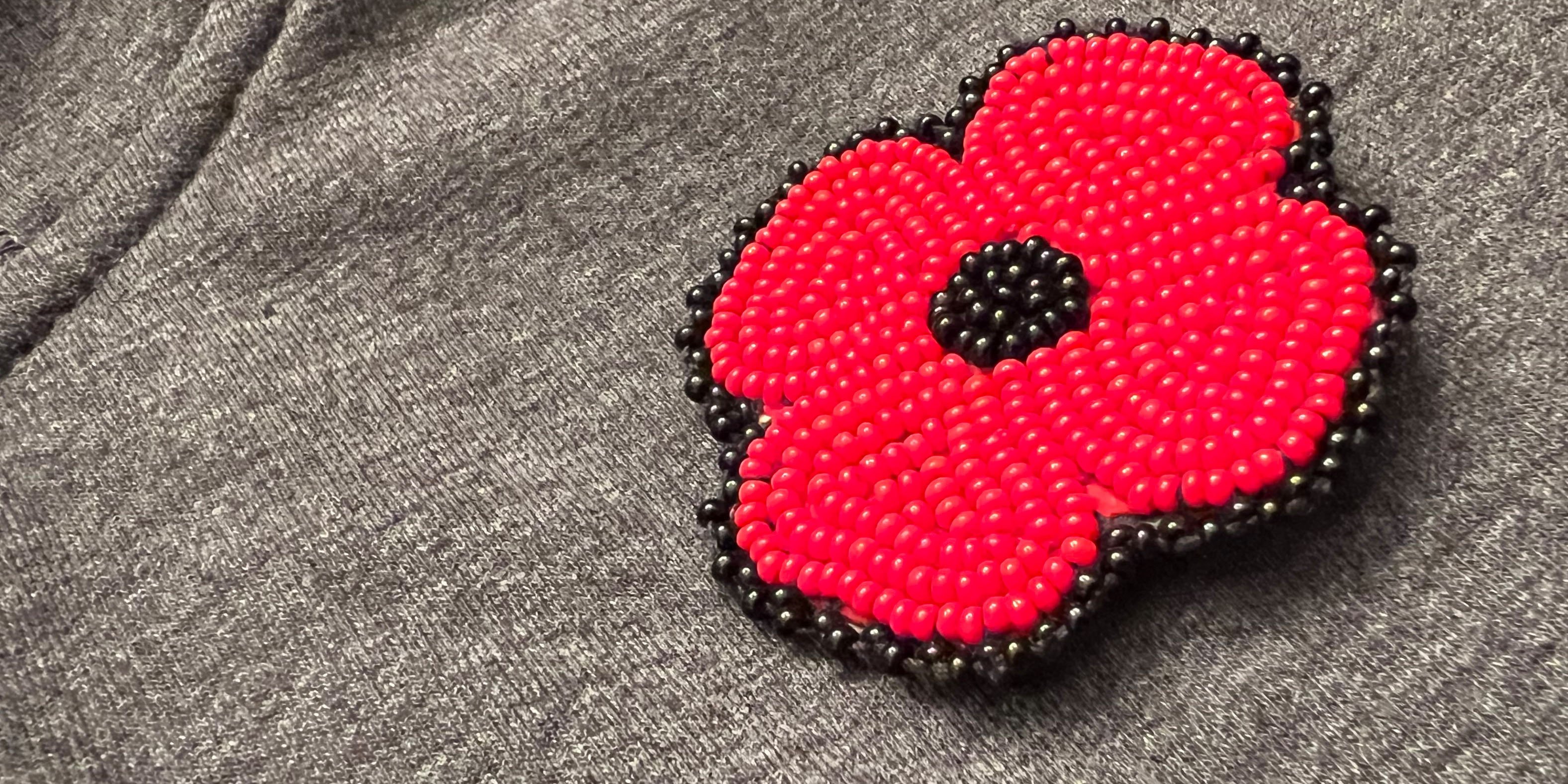
First commemorated in 1994, National Indigenous Veterans Day, November 8th, is a day to remember and recognize Indigenous contributions to military...
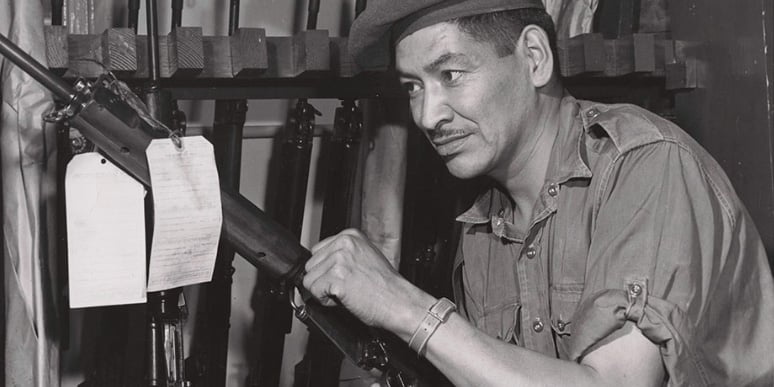
Did you know November 8 is National Indigenous Veterans Day? If you are new to the knowledge of the significant contributions of Indigenous veterans...
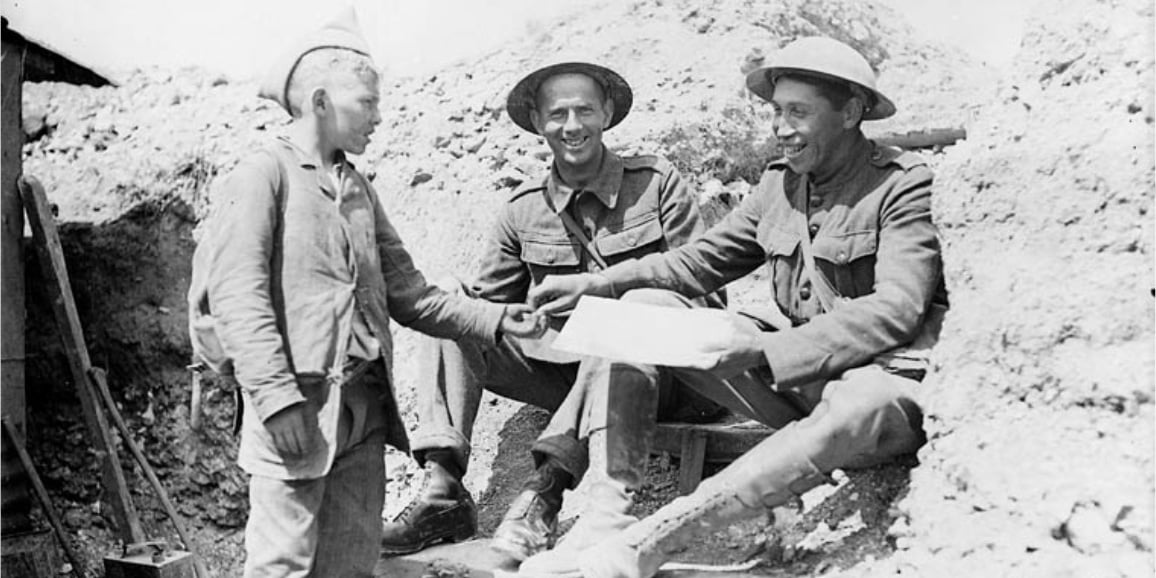
When we think of Indigenous war heroes Tommy George Prince immediately and justifiably jumps to mind. But, there are many other Indigenous heroes who...